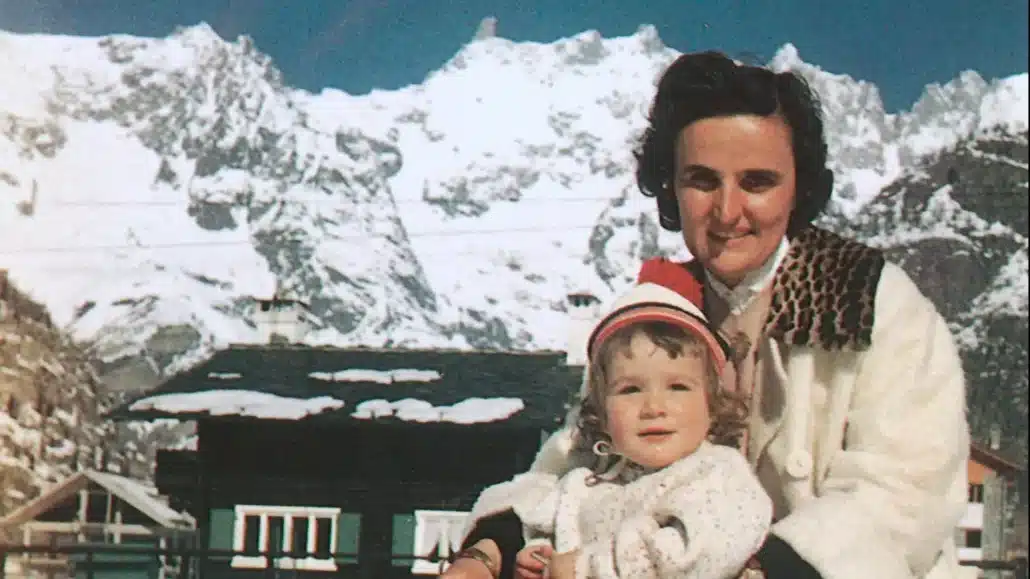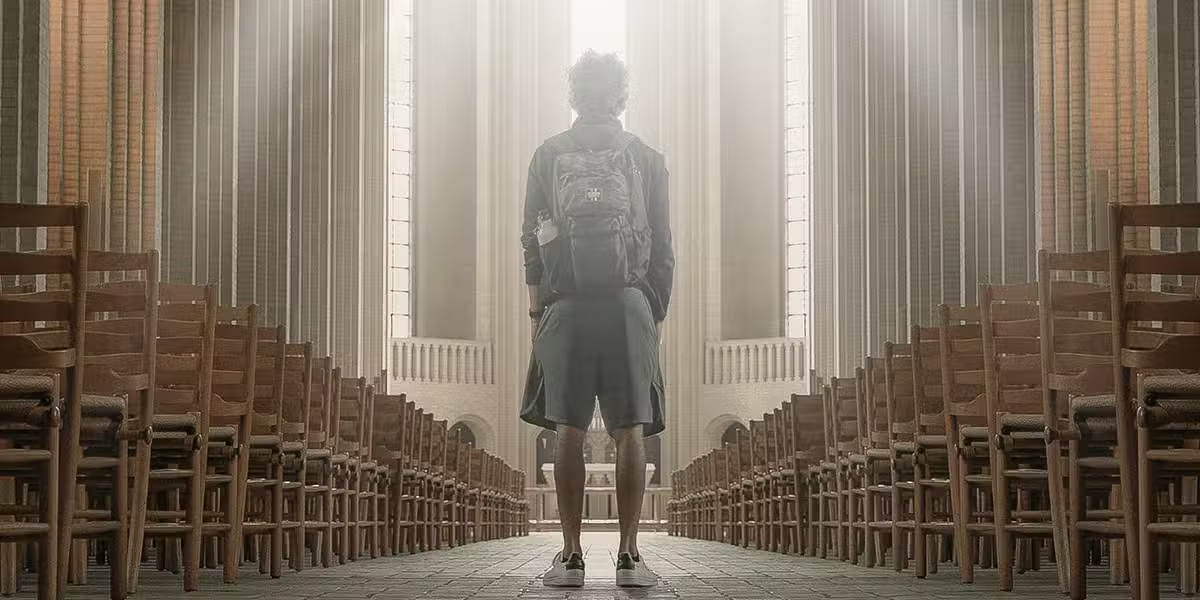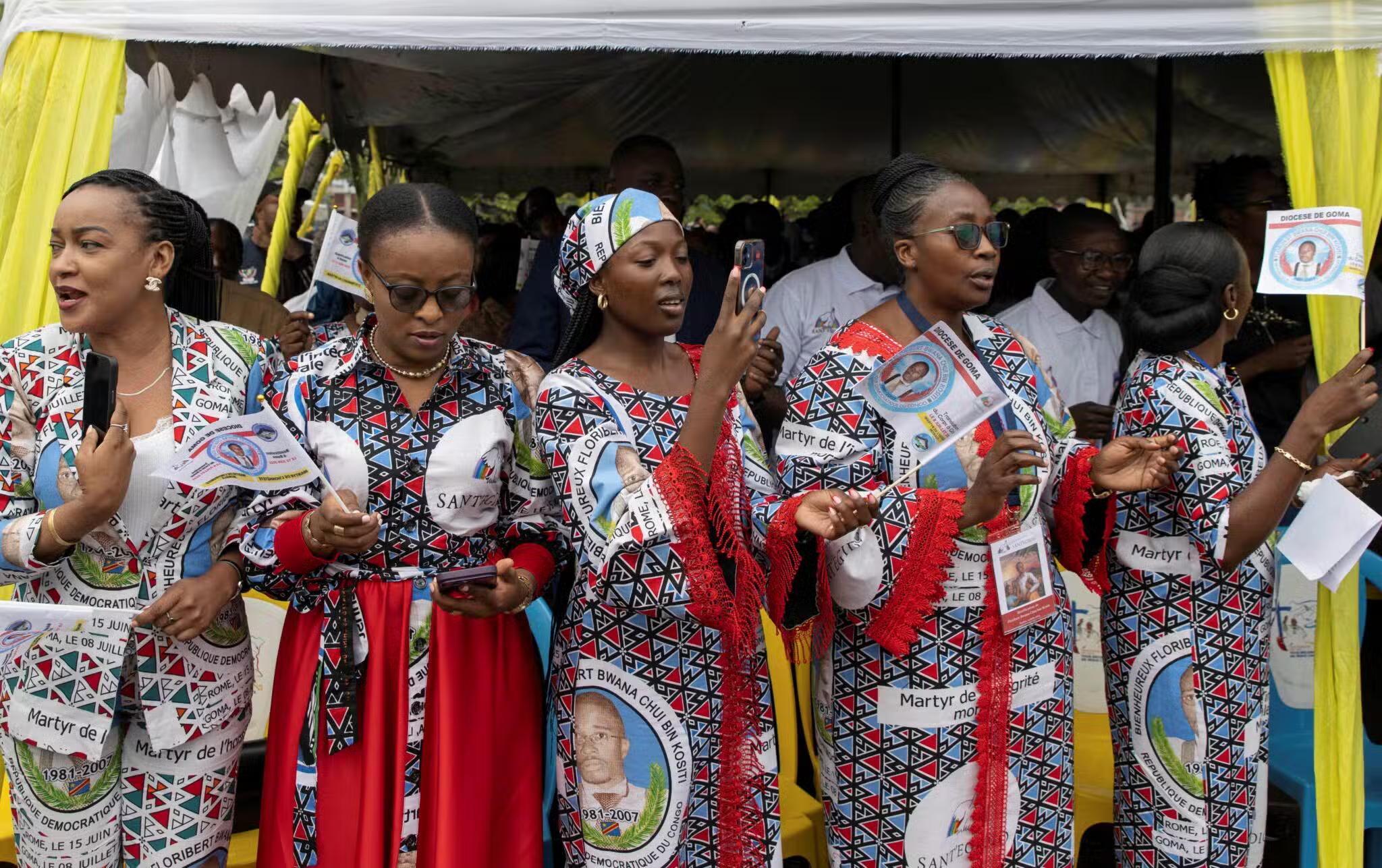Born October 4, 1922 | Died April 28, 1962
Canonized May 16, 2004 | Feast Day: April 28
Gianna’s World
Benito Mussolini became Italy’s prime minister the month Gianna was born. She and other women gained the right to vote when the Italian republic was established after World War II. Catholics and others were scandalized by Italian director Federico Fellini’s 1960 satire La Dolce Vita, but that didn’t seem to suppress the film’s success at the box office around the world.
Gianna’s Radical Path to Holiness
It took Gianna a while—a good long while by some standards—to discern her true vocation. She was the tenth of thirteen children born near Milan to loving parents who set an excellent example of faith; both were secular Franciscans. A flu pandemic in Italy was at its worst in 1918–1920, ultimately resulting in an estimated 466,000 deaths there. In the next few years, more died, including some of Gianna’s siblings. The family moved first to Milan’s hill country; then to Genoa; then back to the Milan area. The reasons were myriad: the World War II bombings of Genoa; the desire to be closer to family; and the search for a healthier climate.
Indeed, when Gianna herself was in her late teens, her health was poor enough that she had to suspend her studies for a year. It was around that time that she went on a spiritual retreat and prayed that the Lord might make his will known to her.
The year Gianna turned twenty brought seismic change: Her parents died within four months of each other. Two of her brothers entered seminaries. Gianna determined she would begin studying medicine, just as one of her seminarian brothers had. While in school and living with her paternal grandparents, she became active in the St. Vincent de Paul Society and Catholic Action. By all accounts, she enjoyed life, with plenty of friends, vacations, and other activities we would consider typical of a young woman in her twenties today.
In 1949, having received degrees in surgery and medicine, Gianna contemplated joining her missionary brother and physician, now known as Brother Alberto, in Brazil. The prospect appealed to her greatly, but after much discernment, she was advised against pursuing the idea due to her own uncertain health. Instead, the following summer, she opened her own clinic and gained certification in pediatrics. The clinic happened to be across the street from where Pietro Molla’s parents lived.
Pietro, ten years her senior, later recalled noticing Gianna as she was giving his sister a transfusion around the time Gianna opened her clinic. They had another chance encounter when he had a doctor’s appointment with one of her brothers. It was not until 1954, when they were attending a mutual friend’s first Mass, that they first conversed. Within a year, they were married, and in November 1956, they welcomed their first child, a son. Two daughters followed quickly thereafter, then the heartbreak of two miscarriages.
They were a happy family, despite Pietro’s business travel, including a trip to the United States. In addition to her family, her burgeoning medical practice (which now included medical director of maternity and daycare centers and pro bono work as a school physician), and continuing service to Catholic Action, Gianna found joy in opera, fashion, dancing, skiing, and other sports. She and Pietro wrote each other often while he was away.
When Gianna became pregnant again, she and Pietro agreed that she would stay home with the children after the baby’s birth. But at two months, Gianna was found to have a non-cancerous uterine tumor. The experts gave her three options: complete hysterectomy to remove the growth, which would also result in the baby’s death; removing the growth and terminating the pregnancy; or simply removing the tumor and continuing the pregnancy, knowing that complications could occur in the next seven months.
The first option would have been the lowest risk to her—and apparently would not have been a Church issue because it would have truly been aimed at saving Gianna’s life. The second would have meant the possibility of more pregnancies, but at the cost of the baby. Gianna, who as a physician had a keen awareness of the risks related with all three options, chose the third.
Seven months later, a healthy baby girl was born; they named her Gianna Emanuela. But a week later, Gianna herself was dead of an abdominal wall infection that spread into her bloodstream. Today, with prompt medical care, she likely would have lived. Gianna Emanuela went on to become a physician herself, and she was at her mother’s canonization along with her father and her two surviving siblings.
Turning over control to God often is difficult, and it can be especially challenging when our expertise and knowledge of the situation make the surrender more complicated, as was the case with Gianna Beretta Molla. And yet, she did not hesitate in her radical trust, selecting the best course for her unborn child, even though it brought increased risk to herself.
Gianna was among a group of six people who in 2004 would become the last saints canonized by St. John Paul II. His description of her shows an understanding of that radical selflessness: “The extreme sacrifice she sealed with her life testifies that only those who have the courage to give of themselves totally to God and to others are able to fulfill themselves.”
Enjoy this prayer in honor of St. Gianna!









5 thoughts on “St. Gianna Beretta Molla: Trusting God Alone”
Very inspiring story!
It made me cry thinking of how even modern saints trusted God so completely. A most touching life!!! A great model for us.
A beautiful life devoted to God
What an inspiration to all modern Mums¡
Saint Gianna thank you for suffering so bravely for the cross of the crucified Jesus. Prayers for all our dear mothers that they will deliver their babies healthy and lovely in their own ways. May all mothers be blessed by courageous Saint . Gianna.